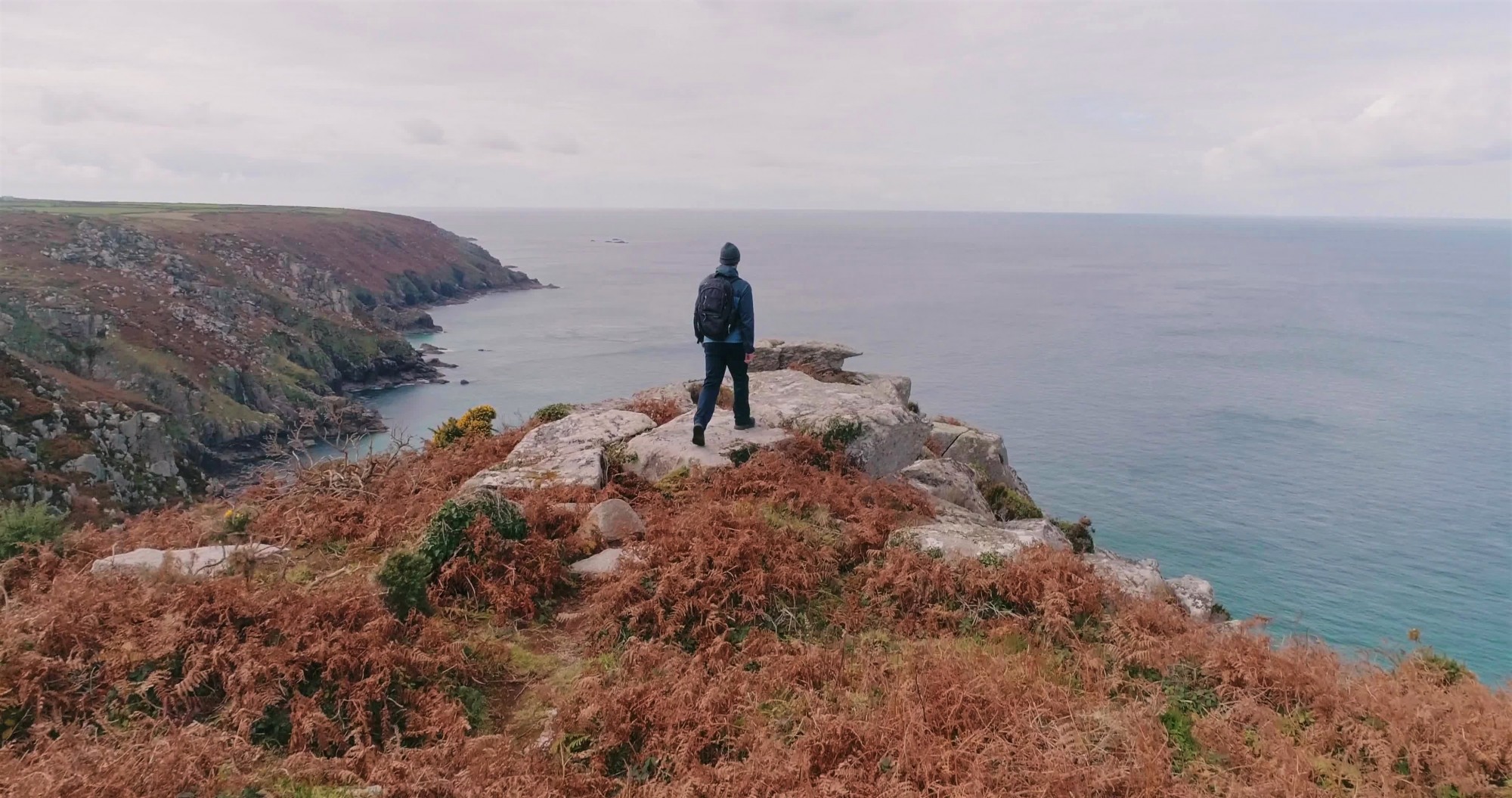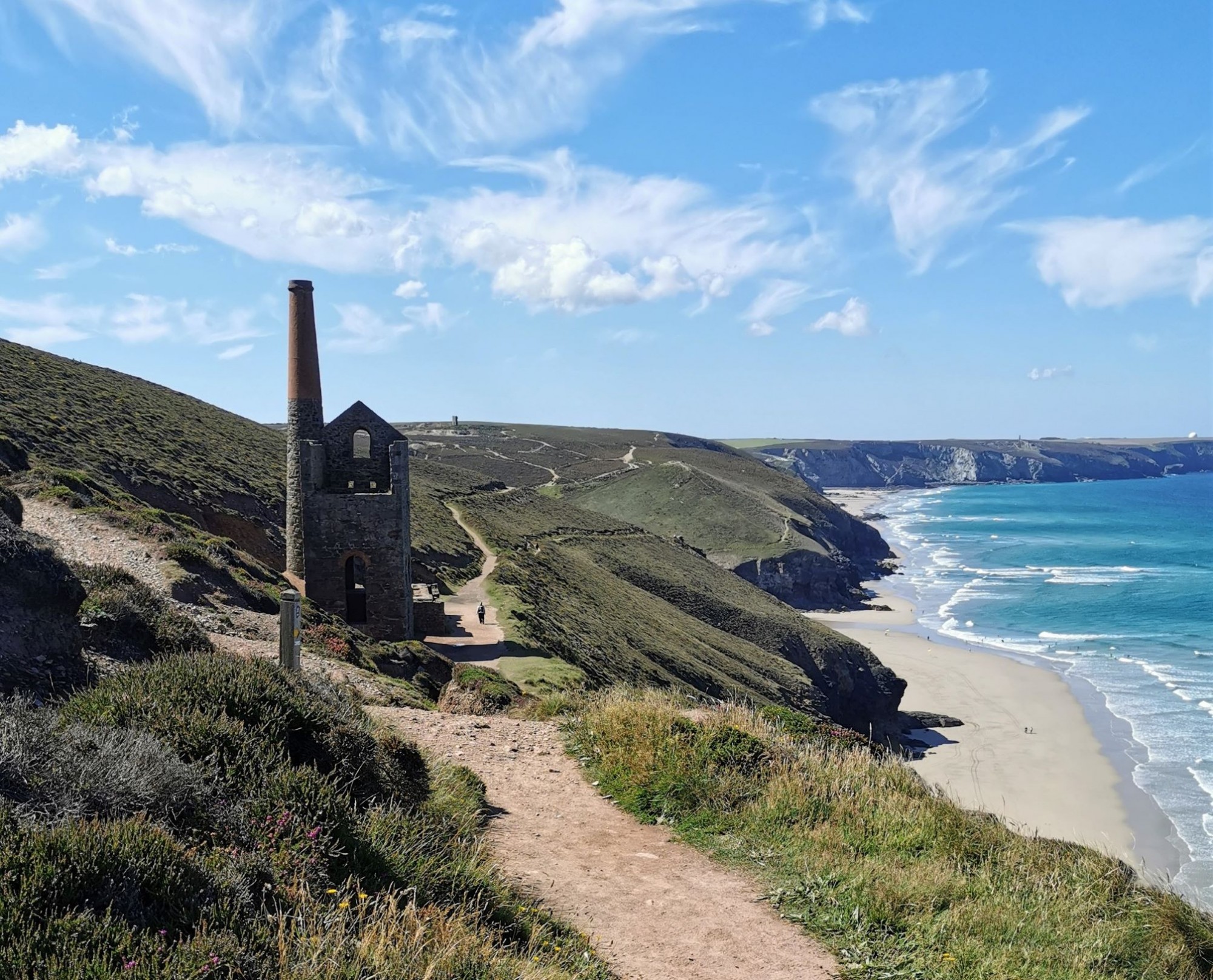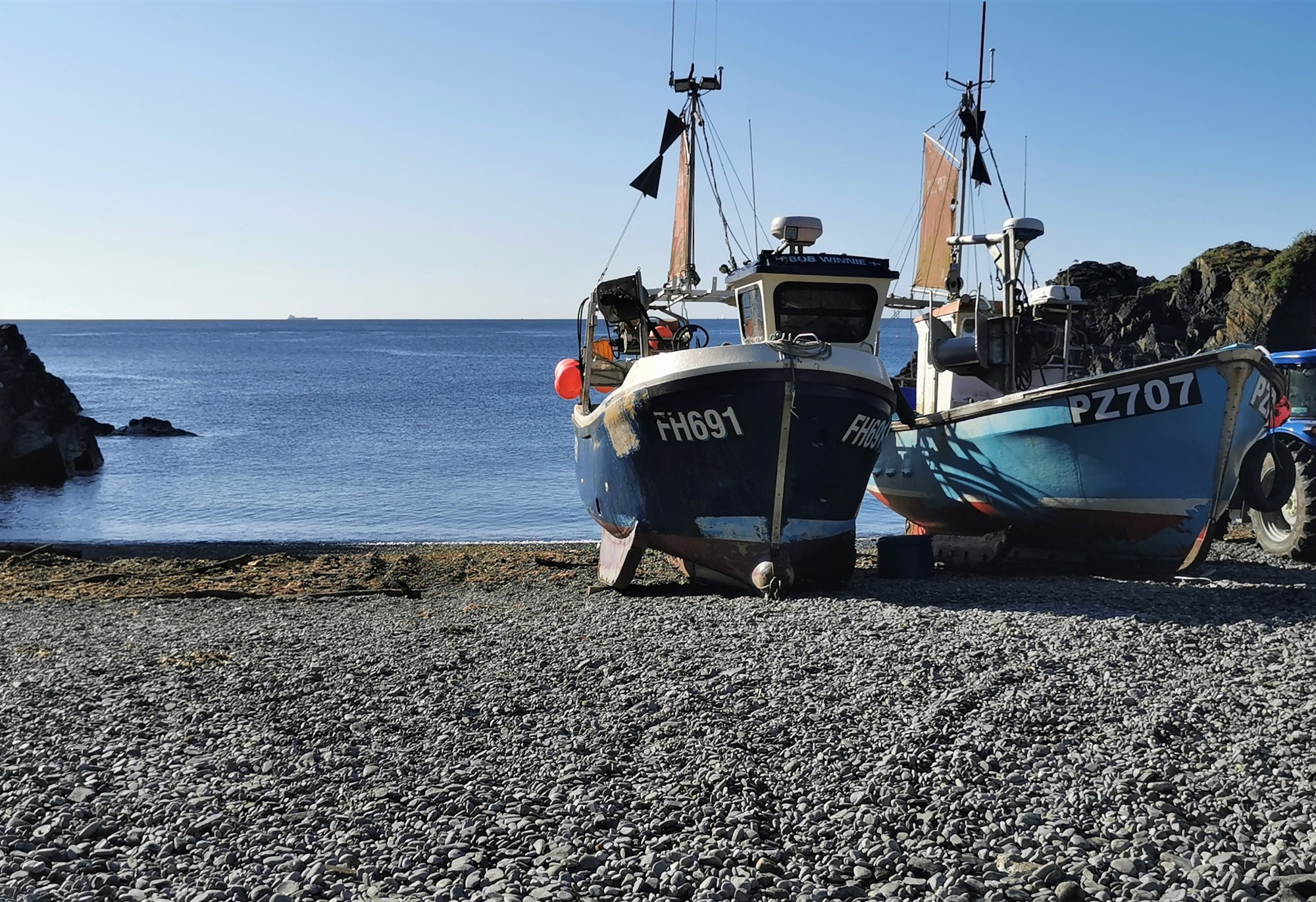When it comes to walking, Cornwall is superb and should be near the top of every one’s must-hike list. With just under 300 miles of coast and covering nearly half of the South West Coast Path (not to mention the moors, woods, creeks and granite capped hills), there are more than enough miles to choose from.
It wasn’t easy deciding what to include, especially when you love walking as much as we do, but these are what we consider to be the best walks in Cornwall.
Read our previous article, Best Walks in Cornwall – Part 1.
Distance: 7 Miles/11 Kilometres
Walking time: 4 hours
Difficulty: Pretty difficult. The path is hilly and there are several rocky sections – let’s say you have to earn the views.
Getting there: Zennor lies to the west of St Ives and is served by local buses. There is parking in the village plus a great café and pub. There is also parking at Pendeen Watch (by the lighthouse) should you have two vehicles available for a shuttle run.
This is where the Atlantic meets the granite moors of West Cornwall and to say that the scenery is rugged is an understatement. It is a windswept and achingly beautiful section of coast characterised by rocky promontories and deep narrow coves. The Gurnard’s Head is a prime example, rising slowly from low grazed pasture land to a rocky and dramatic head. Look to the right and you have calm waters and a sandy cove, look to the left you have sheer cliffs and spray thrown high by the westerly swells.
Next along the coast path is Porthmeor Cove (not the one in St Ives), one of Cornwall’s best kept secrets. A thin strip of golden sand, wave-smoothed pale granite boulders and deep natural pools, all framed by a bracken-lined valley. If conditions allow, we can recommend picking your way across the boulders and taking a chilly dip.

Onwards and upwards, the walk soon encounters the magnificent Bosigran. A favourite with the climbing community, this granite buttress offers spectacular views and a raw beauty that can take your breathe away. It is then by a series of rocky protrusions and deep cut coves that the coast path leads on to the beautiful Portherras Beach. The waters here can be dangerous but on a calm day it is the perfect spot to take off your boots and cool down tired feet.
Our favourite Cornish walk ends at Pendeen Watch, marked by the 120 year old lighthouse and the sudden appearance of a surfaced road. This road can be followed up to Pendeen village (a 15 minute walk) where bus service, café and pubs await thirsty walkers.
Distance: 8.5 Miles/13.5 Kilometres
Walking time: 3 hours 20 minutes
Difficulty: Moderate. There are three of four steep hills and the path is mostly loose shingle or compacted earth.
Getting there: Both Portreath and St Agnes offer parking close to the coast path, as well as pubs, cafes and toilets.
The harsh beauty of the mid Cornwall coast is as captivating as it is thought provoking. Sheer cliffs plummet to inaccessible rocky coves and engine houses perch on the cliff edge. The sandy beaches of Chapel Porth and Porthtowan couldn’t provide starker contrast to the tough mining heritage that made Cornwall well-known long before the first tourists arrived.
Leaving behind the harbour at Portreath (once home to the ‘Welsh Fleet’ that ran copper ore from the Cornish mines to South Wales for smelting), the walk runs behind RRH Portreath, an air defence radar station (that looks much like a giant ball) before dropping down to Porthtowan. This popular beach is well-known to Cornwall’s surfers, in easy reached of several major towns and throwing up some decent waves. It is also a fine place to stop for a bite to eat and a cup of coffee.

Next up is a rugged stretch of coast where the presence of the great Cornish mines of old is keenly felt. Wheal Coates is perhaps Cornwall’s most iconic engine house, perched on the coast path above Chapel Porth. This entire region thrived on the production and exportation of tin and copper ore until the late 19th Century, with the last mine, South Crofty in nearby Poole, struggling on until 1998.
It is then via the windswept St Agnes Head, down to Trevaunance Cove, day’s end, and a pint in the Driftwood Spars.
Distance: 10.5 Miles/17.5 Kilometres
Walking time: 5 hours
Difficulty: Moderate. There are a few steep hills and where the path runs across fields you can expect some mud.
Getting there: Mullion Churchtown is served by local buses and from there it is a 20 minute walk down to the cove. Likewise, there are buses from Ruan Minor, just inland from Cadgwith. Both villages have parking close to the coast path.
Stuck onto the south coast of Cornwall, the Lizard Peninsula offers some of the county’s finest scenery and most spectacular walks. Why Mullion to Cadgwith and not Lizard to Coverack? Or a walk around the Helford? These are all fantastic walks but they don’t quite have the raw beauty of Mullion Cove, the grace of Kynance or the old-world charm of Cadgwith. We feel that this really is one of the best walks in Cornwall.
Away from the spectacle of Mullion Cove, the walk takes you across the often boggy ground of Predannack and straight to one of Cornwall’s most photographed coves, Kynance. The green and red hued serpentine can be slippery to walk on so be careful or you may end up getting a little closer than you expected. It is worth stopping to appreciate the beauty of the serpentine and in case you would like to learn a little more, read our previous post on the geology of the Lizard Peninsula.

Next up is Lizard Point, the UK’s most southerly point and often referred to as the ‘other Land’s End’. Far less imposing and commercial than its counterpart to the west, this rocky pinnacle can feel subdued but don’t be fooled. The barely submerged rocks offshore have claimed more than their fair share of ships over the centuries. Fortunately the Lizard Lighthouse now sounds out a not-so-subtle warning on the frequent foggy Lizard days.
Rounding the peninsula, the coast path works by Church Cove before dropping into the lovely Cadgwith. A small fleet of fishing boats still operates out of the rocky cove and with its thatched cottages, lobster pots and hanging baskets, Cadgwith is probably the quintessential Cornish fishing village.
If you are looking for more than a day hike and would like to combine Cornwall’s best walks in a multi-day walk, browse our full range of Cornwall Walking Holidays.
Seien Sie der Erste, der alle Neuigkeiten und Sonderangebote erhält...